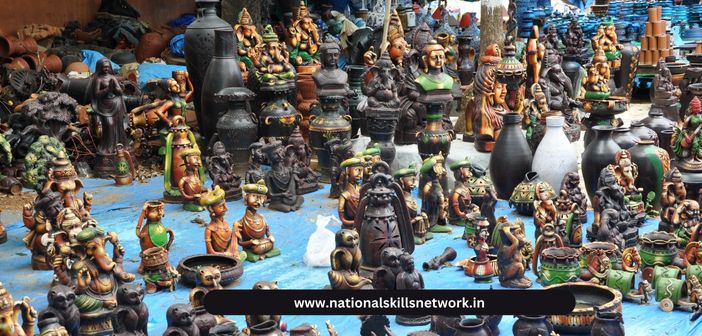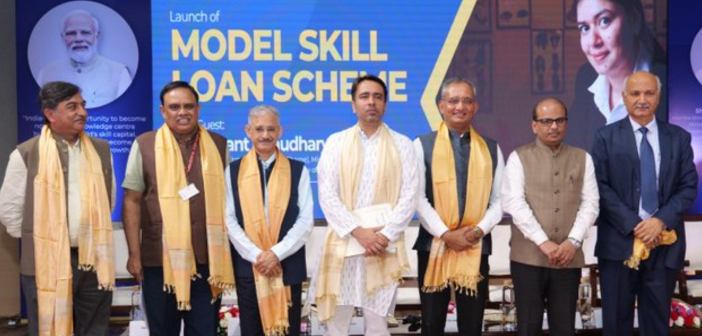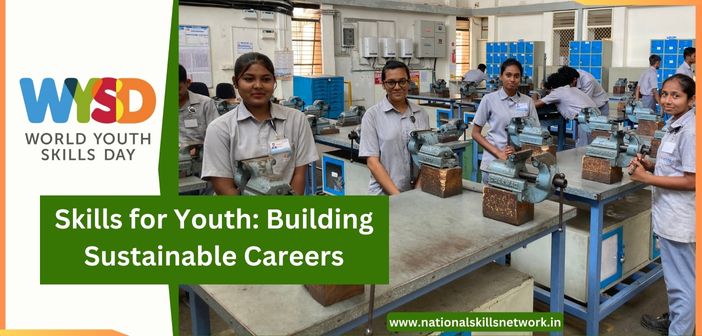The Handicraft sector holds immense importance in the Indian economy, providing employment to more than seven million people. A notable aspect of this industry is its dominance by female artisans, who comprise over 56% of the total workforce.
Across the country, there are 744 handicraft clusters, collectively employing nearly 212,000 artisans. These skilled individuals contribute to a diverse array of over 35,000 products that showcase India’s rich cultural heritage.
The handicraft market in India is witnessing significant growth, thanks to the increasing presence of these products on various online platforms. Moreover, as the country’s travel and tourism industry expands, there is a rise in demand from tourists who eagerly purchase souvenirs and craft items. This trend has created a lucrative opportunity for local artisans and craftspeople to produce and sell their unique handicrafts efficiently.
In this article, we will take a quick look at the Indian Handicraft sector, highlighting its immense impact on employment and its positive attributes in terms of sustainability and market adaptability.
Enabling livelihoods through skill development in the Handicrafts and Carpet sector
To know and understand more about the initiatives from the HCSSC, capacity building of artisans and weavers, curriculum development for the sector at the school level, etc. we conversed with Mr. Krishan Kumar, CEO, of Handicrafts and Carpet Sector Skill Council (HCSSC). Read on to know more.
“Through skilling and upskilling artisans and weavers with industry-based training programs, our aim is to make the beneficiaries self-reliant by linking them with the industry and providing a platform for showcasing their products at the national and international trade fairs”, says Mr. Krishan Kumar, CEO, Handicrafts and Carpet Sector Skill Council (HCSSC).
To know more, please read: https://nationalskillsnetwork.in/enabling-livelihoods-through-skill-development-in-handicrafts-and-carpet-sector/

Role of Recognition of Prior Learning (RPL) in the Handicrafts and Carpet Industry
Recognition of Prior Learning (RPL) has been an integral component of the PMKVY scheme from the Government of India to recognize the skills and knowledge informally picked up through systematic assessment and certification. However, the nature of the industry may pose a few challenges in creating awareness about RPL, its importance, and the implementation process.
Benefits of RPL to the handicrafts and carpet industry
- Formal recognition of learning motivates, encourages, and boosts morale. It brings in a sense of pride since it acknowledges the potential and contribution of the artisans and craftspersons, besides opening access to markets, finance, and other forms of support for entrepreneurs.
- It also paves the way for upskilling and mainstreaming them in the formal sector to avail the benefits of a government certification – whether it means enrolling for a higher education program, becoming a trainer, or launching a business.
- Assessment and certification of the existing levels of skills and knowledge as per NSQF also indicate certain gaps that need to be filled to reach the desired NSQF levels. This can be achieved through immediate training or through short-term bridge courses.
How HCSSC promotes skill development in the handicraft and carpet sector
To get an insight into the handicraft and carpet industry and to know more about the skill development initiatives, and the employment opportunities in the sector, we interacted with Mr. Arshad Mir, Chairman, Handicrafts and Carpet Sector Skill Council (HCSSC).
There is no dearth of talent in this sector; it just needs to be harnessed with the right skills and knowledge. And Handicrafts and Carpet Sector Skill Council (HCSSC) is promoting skill development in the sector to encourage youth and to provide them with the right platform to showcase their talent which will make them employable.
“The major reason behind the vanishing crafts is the existing skill gap among artisans and weavers. To identify various dying crafts, we also conduct in-house skill gap studies by visiting the clusters and meeting industry stakeholders. In order to preserve and revive the rich tradition, HCSSC has developed new Qualification Packs (QPs) in consultation with industries to ensure that the skill development training and upskilling can happen in accordance with their needs.”
As the Indian economy continues to evolve, it is essential to recognize and support the handicraft sector’s significance, not only for its economic contributions but also for preserving the country’s traditional art forms and empowering skilled artisans. By fostering the growth of this sector, India can maintain its cultural identity while also tapping into new markets and attracting a broader international audience appreciative of its unique handicrafts.












